Use this idea to move that noisy power supply away. Or use the Male connector to energize a switched-off house branch with 12V. Obey current limits and create at your own risk.


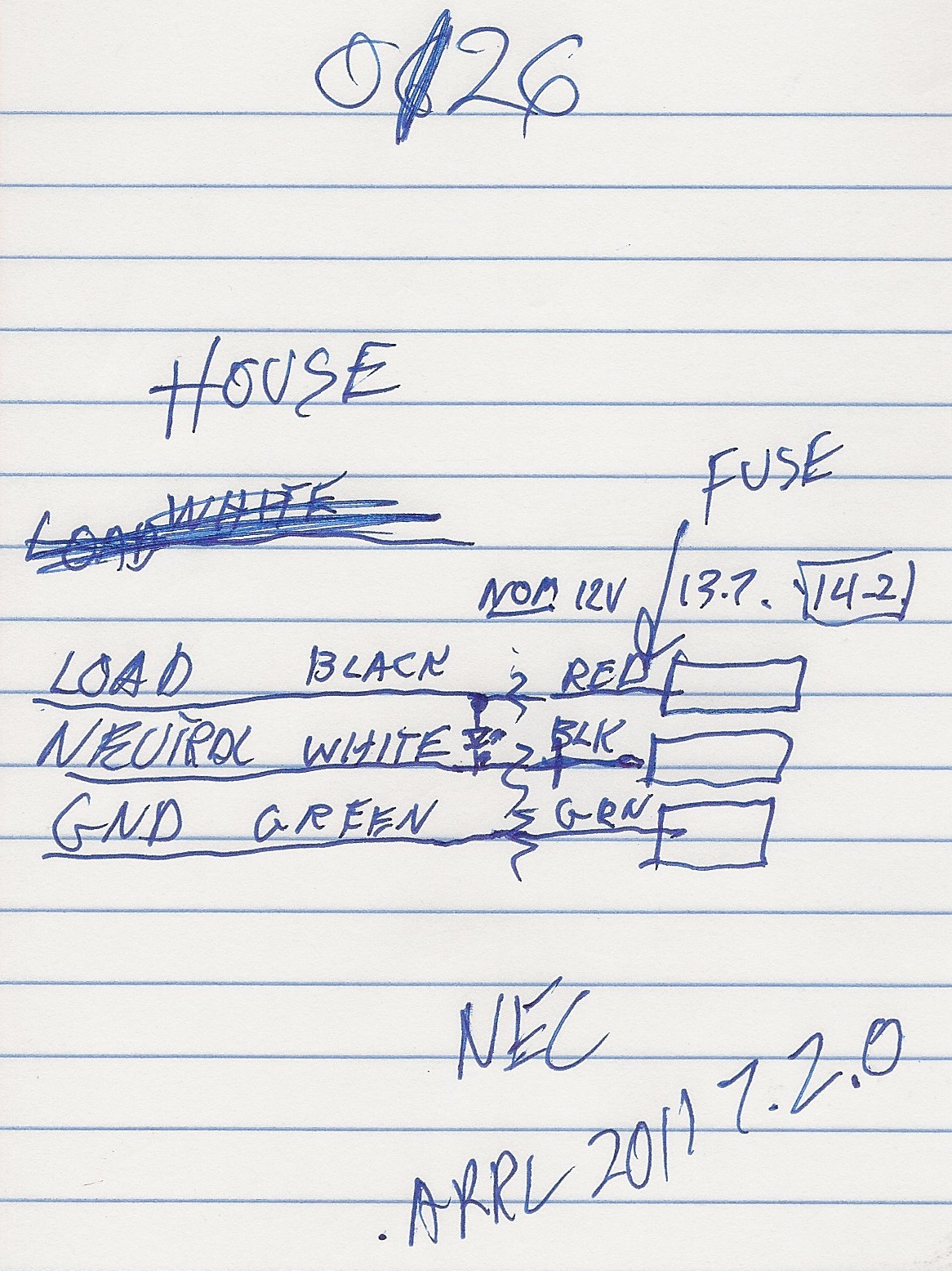
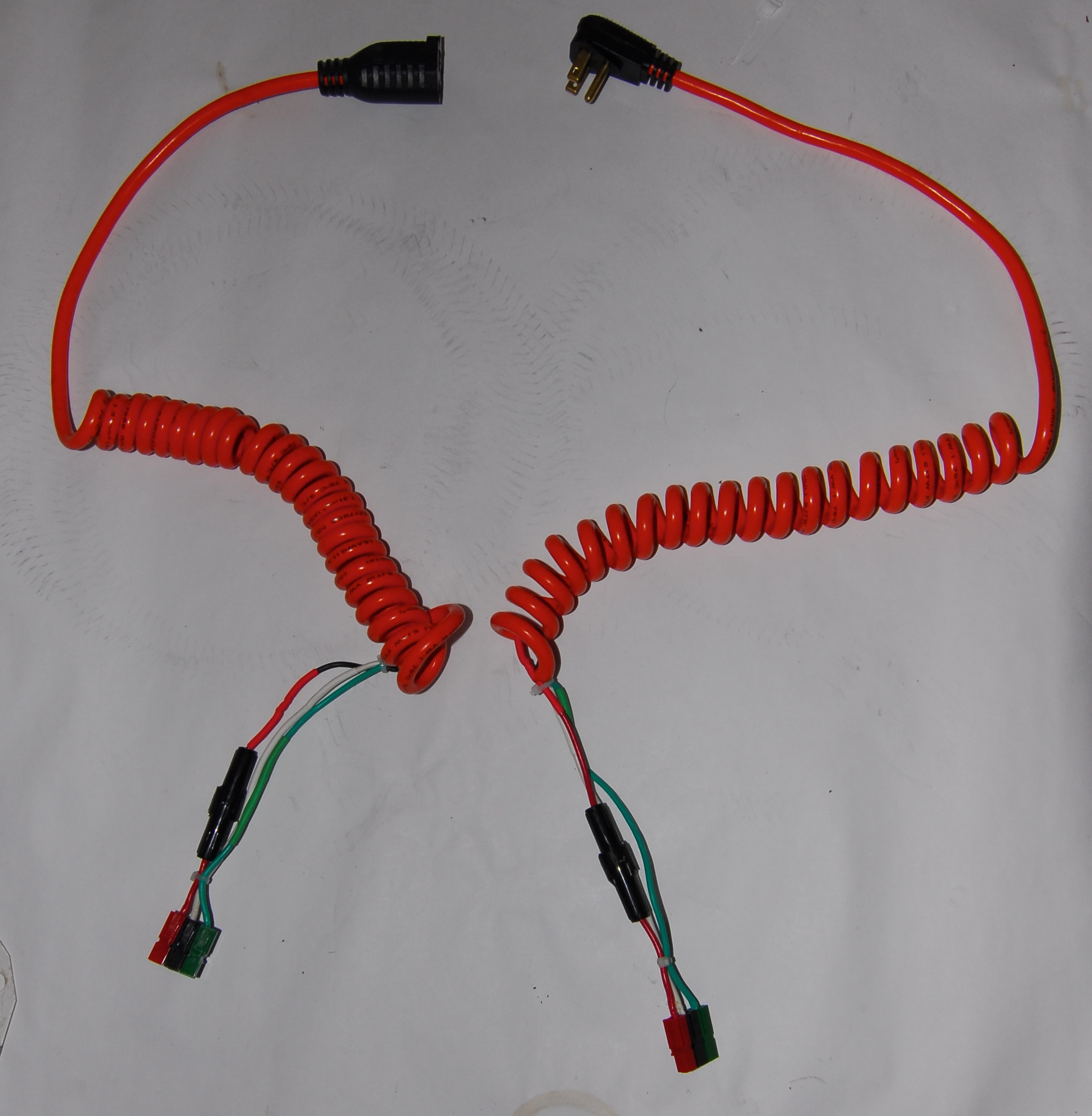
Credibility Pursuing Incredibility
Use this idea to move that noisy power supply away. Or use the Male connector to energize a switched-off house branch with 12V. Obey current limits and create at your own risk.




Besides the November elections, for many of us the biggest ordeal in 2012 will likely be campaign-level carpet-bombing by ‘insights’ about 2012. The slapstick articles aligning The Mayan Calendar, the obligatory Nostradamus, and The End of Days. The thick but vacuous best-sellers. 66.6% of the pre-GED History channel. In fact, there is no rare galactic alignment due. So, the rearrangement of continents is a non-starter. As well, believers may not meet their makers, and neither will our problems necessarily explode nor be solved.
Though it may not sell well, I suggest 2012 will be a year as any other—like the weather itself—no more predictable, no less chaotic. There will be hurricanes in Florida. Of the hundreds of daily earthquakes, a few will merit news coverage. Accidents will happen. An Italian sea captain will inexplicably use a half-billion dollar ship as his personal surfboard. And sure, Iran seems deliberately provocative of military intervention, but even this kind of confrontation is hardly unprecedented for the historical Persia. (A prior trade route blockage having stimulated discovery of the New World.)
To the extent one cares, the facts of the matter are thus: NASA – The Great 2012 Doomsday Scare.
So, one of the best results for which to hope is that on December 22, a segment of the population will look around at their hysterical collections of hysterical popularbacks and magazines, reflect on their time wasted listening to hapless commentators, decide that they have been conditioned for the last time by the publishing industry, traditional and “social” media outlets, and declare their mental independence from them.
Perhaps then the perennial, beguiling, idle cliche’ about “the shift in consciousness which the planet is about to undergo” can finally be laid to rest in favor of a less selfish, indolent, and oblivious awareness of world events that recognizes rather than substitutes for humanism and activism.
Now that would be revolutionary, because I suspect that the exploited and starving billions sleepless from gunfire in the night are not waiting for liberation or food from supposed bourgeoisie ‘shifts in consciousness’ arbitrarily linked by marketeers to The Mayan Calendar. More likely, they would justifiably regard such insightful, profiteering light-worker missionaries actually daring to message that view among them to be irrelevant if not insane contributors to their ordeals, murder-able simply for their sandals.
You are not going to get any names because I promised my counterpart confidentiality.
Over the holidays I noticed in an otherwise reputable catalog one of those $30-dollar cell phone add-ons promising to protect you from virtually all radiation. I jumped on it. The marketing manager proved to be extremely reasonable and open to discussion. He even offered to send me one to examine. I declined, because it was pointless in the absence of the claims documentation. (And I could pretty much predict what I would find—a small coil or capacitor, maybe a tiny IC.) How do you test a featureless hoax?
Of course, that the device’s claims could not actually be substantiated made my job easy enough, but specifically upon learning the following, the gentleman without hesitation removed the item from this year’s catalog, with my deep thanks and appreciation.
Now of course, SJL has worked intensely developing technology that formerly made the same claims. But we have not made them. If there is such an effect, it is totally unproven. And there is no solution involving linear thinking: shielding with the phone won’t help (which is what your car does). You aren’t going to talk many people into wearing protective tower-climbing or lineman suits, nor metal-screened wetsuits with grounding straps. The only way to theoretically cancel an electromagnetic wave is to generate one of equal frequency and opposite phase exactly in line with its approach. Practically, under controlled conditions with a few signals this is quite difficult, and under uncontrolled real-world conditions, impossible. Considering the variety of signals with which you are bombarded as you move around (literally, thousands), do you think a deftly-priced sleek $30 plastic puck contains the required light-speed supercomputer?
The science and the evidence just isn’t there, and I was extremely glad to earn agreement on this point to the benefit of both the seller and their loyal customer base.
The only authentic antidote of which I know is correct information, starting with Cross Currents by Dr. Robert O. Becker. For an introduction to the realpolitik and regulatory issues I recommend Cell Towers by Blake Levitt.
Finally, I’m obliged to remind everyone that SJL has a patent pending through which it is hoped the technology can be developed to address this very serious issue non-linearly:
The motor is old, the blades a bit out of whack, and most of the noise is really coupled to the cabinet by the decayed and ineffective rubber isolation bushings on the three-point mounting plate.
In this parsimonious approach the two rear support plate studs are coaxed slightly to fit a 60 x 60 mm 10 CFM Fulltech unit {Jameco 213867}, while on the other side the fan’s ground hole is supported by a brass strap that needs no fastening. Though not mechanically isolated, the substitute method is inherently quiet and efficient.
And if you are motivated to search for the parts, nothing prevents you from replacing the original fan and suitable gaskets for the original mounting plate.

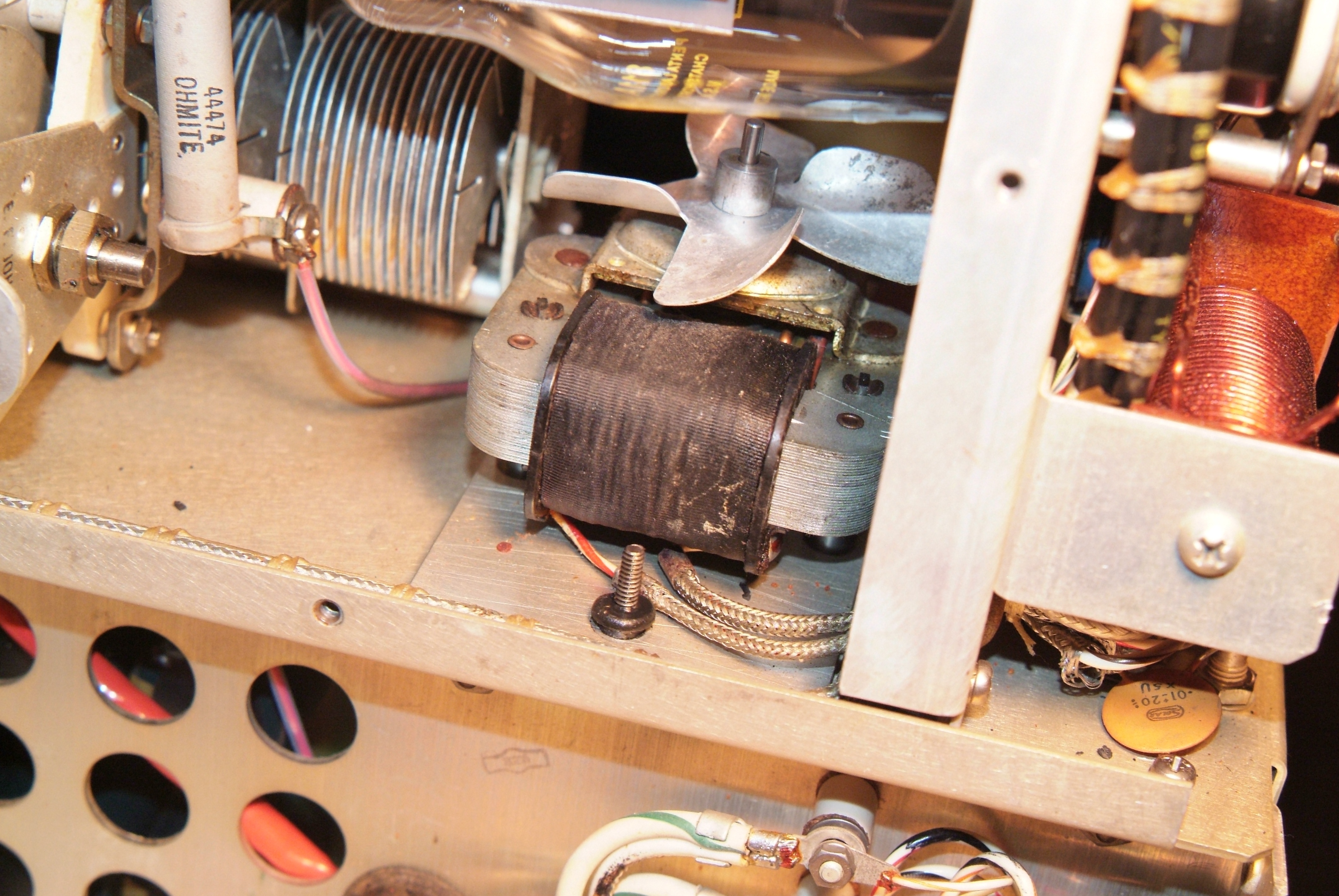
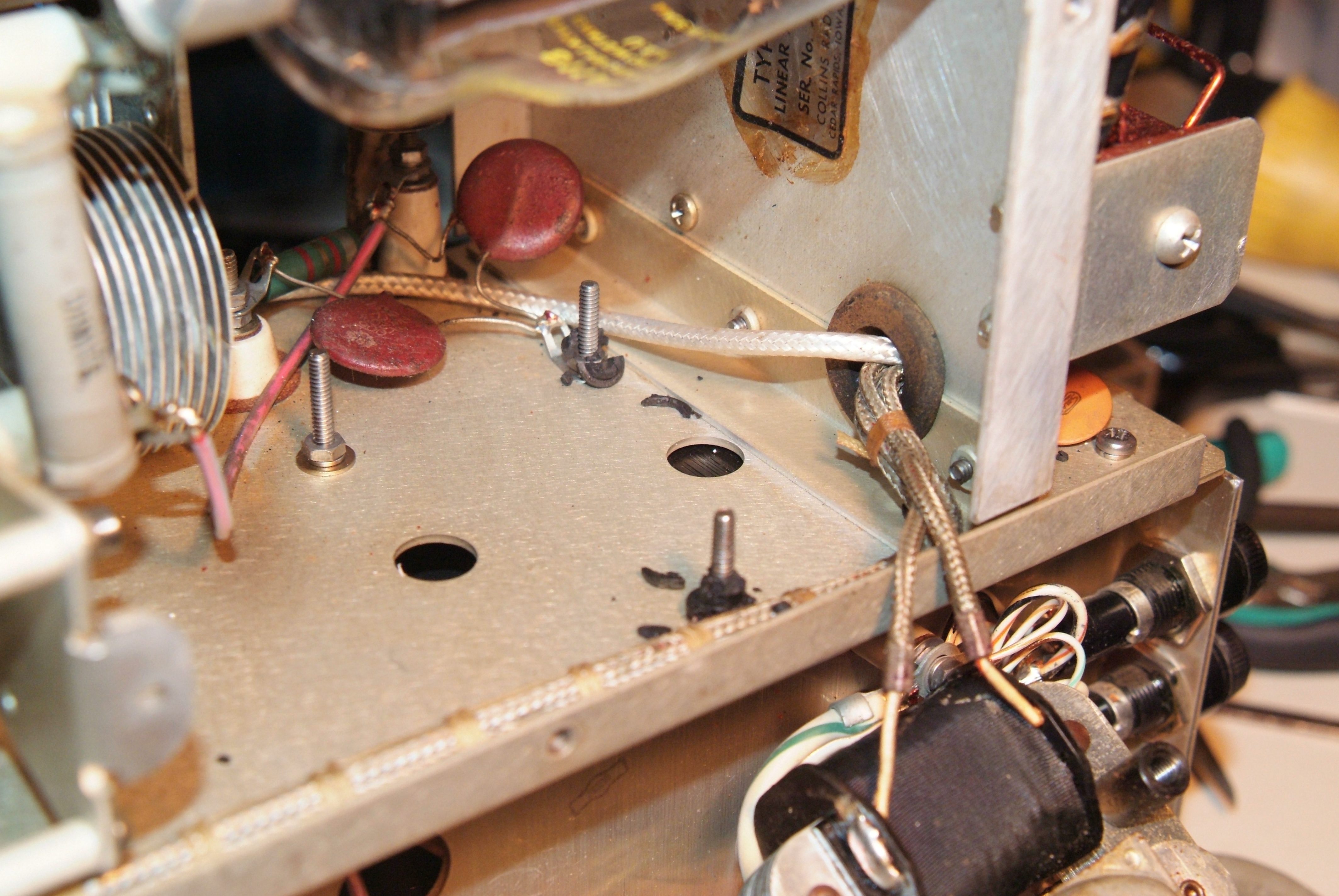
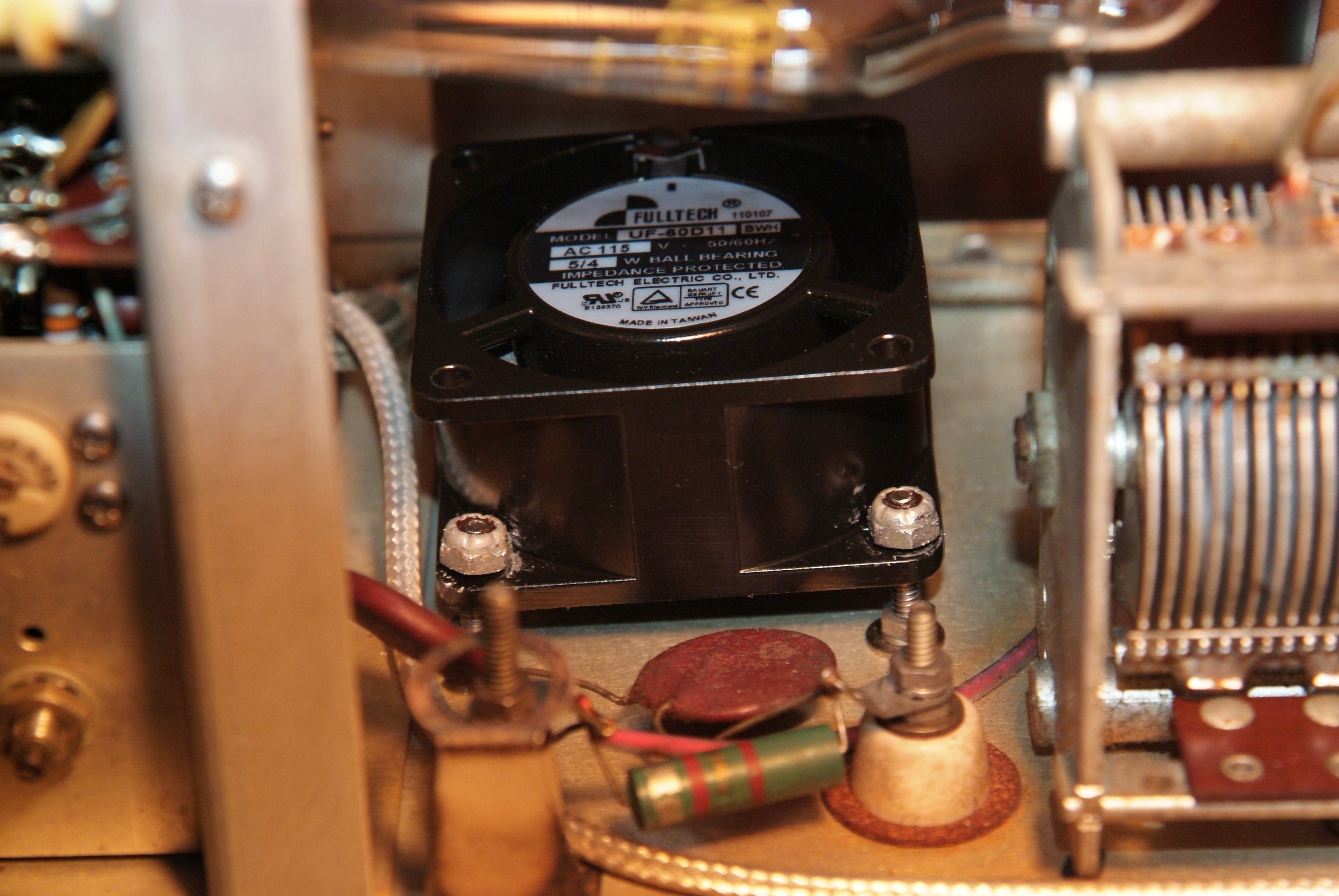
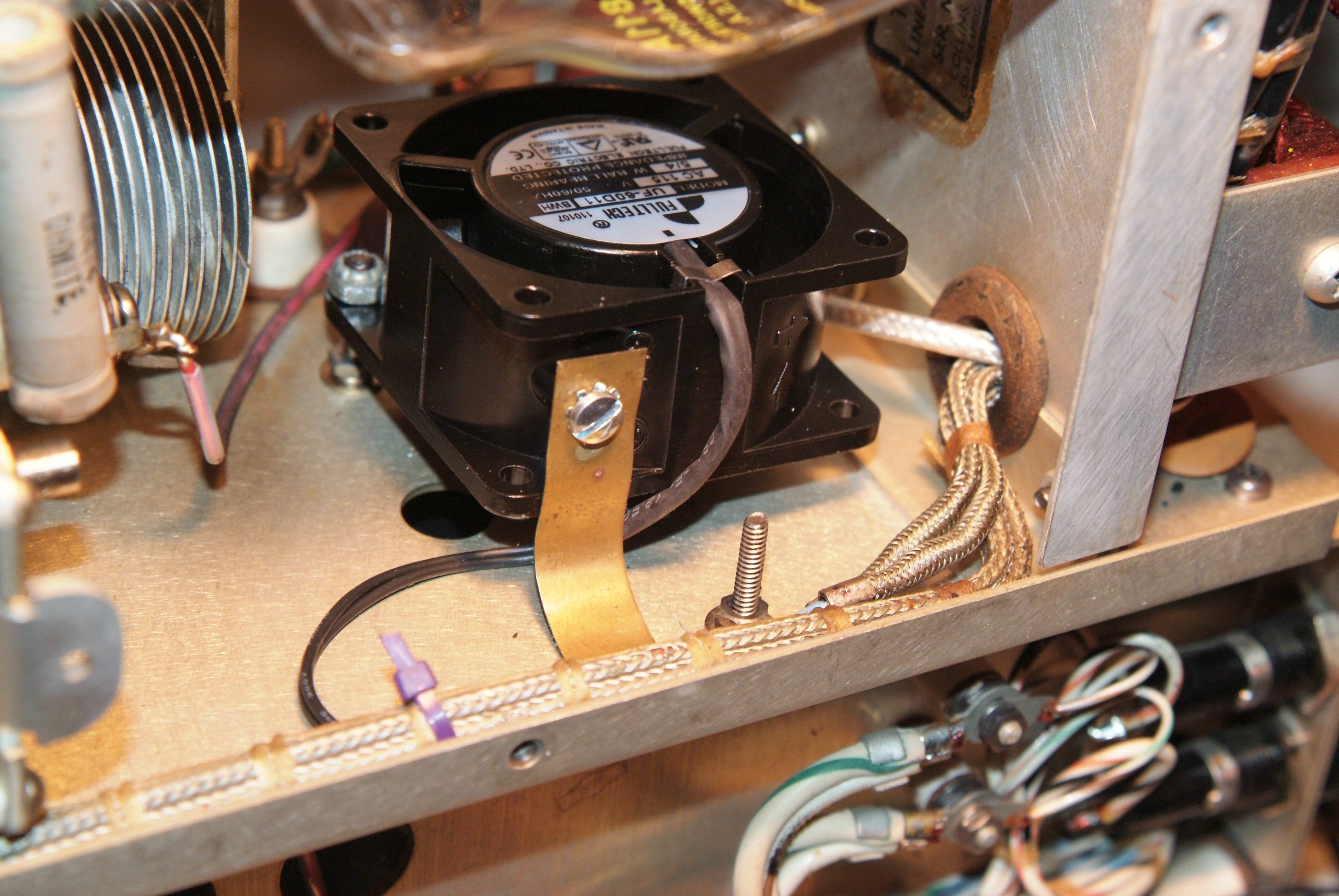
I began 1992 with several good clients and interesting projects, but by the second day of the year all of my most important thinking pivoted towards the nominally implausible, if not impossible, goal of securing a music synthesizer development contract with Intel. Picture, in effect, the smallest and largest computer companies in the world attempting to work together to utterly revise the means through which the computer would create sound, and how the elimination of the “sound card” would indeed play itself out in the industry throughout the 90’s. After my seminars in February, progress and commitments were made; roadblocks reached then breached; there were precipitous connections, deep mindshares, exemplary business conduct, a lot of good faith, until finally, on December 31, 1992—under pressure from a year-end fiscal program reset—the contract between Intel and my newly-formed Seer Systems was signed. Lesson One: It can take a year to get to the bottom line.
How did it go, and why does it matter? The invention of real-time software synthesis arising from decisions and strategies made throughout that preoccupied year created a technology so thoroughly ubiquitous it is hardly noticed. Almost without exception, you today listen on your computer, phone or PDA by way of software audio algorithms to program material that is in turn largely made by software audio editors and instruments. This lets popular audio take less space, less power, sport more flexibility, and occasionally even sound good—depending on how the designer allocates the local computing resources. Initially deployed within the operating system, laptops, then game boxes, phones with custom ring tones, and now, cloud-based distribution; all and more would not be possible without this invention of real-time, host-based synthesis. What exactly that means can be deliberately left vague for now, because the story in fact begins with neither Intel nor I knowing that actually was to become the vision for which we partnered.
Two decades allows me some liberty to disclose the strategies we employed to create this abundantly productive relationship, lasting for three years—before being cut short by their argument with Microsoft about control over the CPU’s vital interrupt mechanism. Seer Systems had created for Intel the technology which caused the industrial equivalent in brinksmanship of the Cuban missile crisis. In reality the issue was more subtle than prima facie tactical control of the CPU: the strategic question for Intel was actually how fast Microsoft’s developers could be encouraged to exploit all the processing power that Intel had begun forecasting, creating, and that had reached its initial statement in the Pentium.
The fact is, Microsoft did not demonstrate a real-time software synthesizer until well after that settlement with Intel within which all of Seer System’s Native Signal Processing code was transferred. Moreover, in the later 90’s Intel still called upon Seer to continue exerting pressure upon Redmond and the industry by exploiting new processor instructions for audio, and by supporting the release of SeerMusic (implementing my ‘274 patent). Continuously challenging their audio and music intransigence since 1993, admittedly my developments were intentionally designed to be unwelcome by Microsoft. This antipathy contributed much background to our eventual litigation.
Two decades also allows room for error and excuses, both to be guarded against; though to some degree within unprecedented creative developments—such as positioning Intel to credibly enter the synthesizer business—inexperience justifiably earns offset credits. In abundant cognizance that no one does anything like this entirely alone, I look forward to introducing several of the brilliant technical contributors to the effort which, after twenty years, as implausibly but strategically continues to this day.
Wikipedia, Google, Facebook: Imagine a World with Respect for Intellectual and Creative Property Rights
By Stanley Jungleib1 CommentWholesale theft has been a widely-rationalized right of the cheap, lazy, and generally bewildered since the web’s inception. Strong action against online piracy is long overdue, and the Stop Online Piracy Act is the justified legal reaction caused by the failure of on-line services to take responsibility for their peddling stolen goods. Zealots seeing no other way besides theft to get knowledge, have likely as well never considered supporting local public libraries. And with ultimate hypocrisy, Wikipedia now reveals its true understanding of who controls everything the public gave it for free—themselves!
Share this: